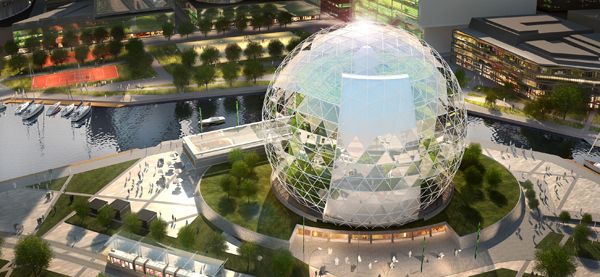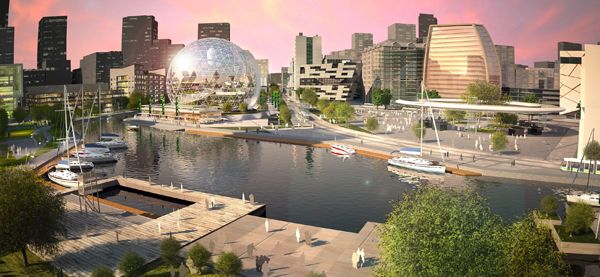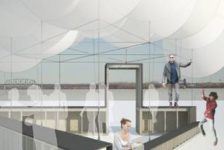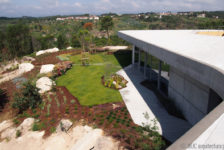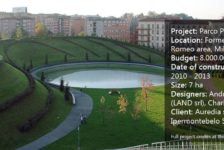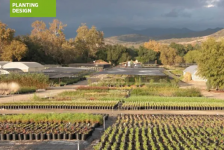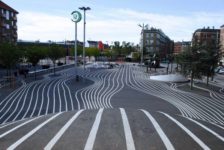Since the industrial age’s passing through the last century, the migration toward cities has increased headlong and keeps on going. According to statistics, in 2050 more than 80 percent of the urban population will be living in the urban areas (World Bank 2013). Considering the peak oil prices and the unbearable cost of gasoline lately, that increases the price of everything we consume because it all must be transported to our cities, giving rise to urban agriculture . Do we have to rethink our lifestyle to adapt to the new urban conditions and be able to deal with all these factors that would continue to cause more problems? The main issue of the population in general is to produce enough food for all. How to do it if we all want to live in the city?
Urban Agriculture: A potential solution
The solution is called a Plantscraper! This is a building exclusively designed for growing crops exactly as in agricultural fields, but in an urban environment — vertically — floor after floor. The strategy provides access to fresh production inside the urban limits, cutting the need for long-distance transportation and decreasing the price and time for delivery. The idea is not new, but it is finally becoming real as the construction of the first Plantscraper has already started in Sweden, in the heart of the city of Linkoping. The “urban farm,” 17 stories in height, will provide the city with a natural “farm market” in the city by the end of next year, when it is expected to be completed. Plantagon has designed 3 ways of integrating farming in the city
First, by making the facade a productive greenhouse. Plantagon has designed a six-meter-deep greenhouse wrapping the building facade. The technology consists of conveyors carrying pots with plants and rotating them regularly on 90 degrees, so that they receive sunlight on all sides. This kind of facade provides, at the same time, enough light in the office spaces inside, but also a good shade and regulates the temperature. Another example involves integrating the urban farm into existing buildings. They call it the Parasite, as it looks like one attached to the structure. The third example is what the team believes can in the future become a common part of cities and suburbs, just like big supermarkets are now, and it’s the one under construction in Sweden.How Does Urban Agriculture Work?
The innovative architecture of the building allows sunlight to all parts of the spirally organized space, covered by a glass sphere. The designers from Plantagon have won a Silver Stevie Award for being “the most innovative company of the year” in Europe. They have invented a self-sufficient system, which uses leftover heat, organic waste, and carbon dioxide to produce Biofuel. They also use excess heat generated during cold periods.
The production in the Plantscarper in Linkoping will happen in pots, which will be fit into trays that will be irrigated by funnels. All the wastewater will be collected and reused. The amount of pesticides and fertilizer will easily be controlled by an automatic system and, in this way, soil pollution will be avoided. Once planted, the trays will be transported by a special elevator to the top of the helix, where they will start their journey down the spiral structure as they grow. When they reach the ground floor, they will be ready to be automatically harvested. It makes all-year-round production easy, efficient, and compact.Why Plantscrapers?
The smallest model of the Plantscraper will be able to feed about 10,000 people per year and will cost about $10 million to $20 million. But the trick is that it will be paid for in production. The Plantscraper is not only a way to produce food in crowded urban areas; it is a possible solution to other urban life conditions nowadays. But it is also a good example of multifunctional use of a building, including the waste materials in the productions process. Article written by Yuliya Georgieva
This article was originally submitted to Landscape Architects Network
Published in Blog


